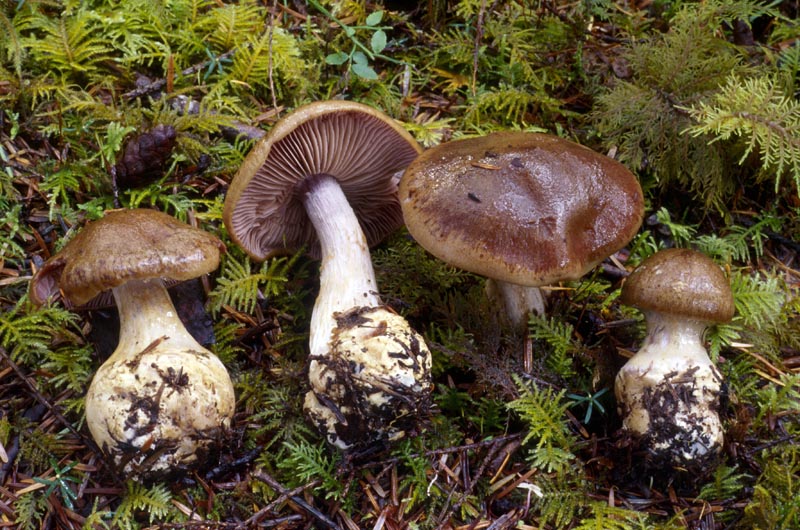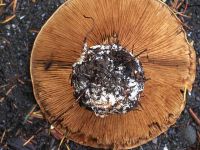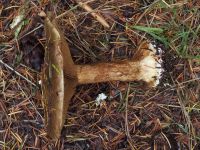Distribution: Cortinarius montanus can be very common and widespread, but often occurs as one or a few fruitbodies at a time.
Habitat: Common in older, cool, moist conifer forests.
Conservation Status: Not of concern
It is closely related to C. scaurus, which has been divided into various taxa and ecological forms in Europe;. Cortinarius albobrunnoides is another species with paled yellow mycelium beneath the base of the stipe. It has a brownish cap, light brown gills, a pale violet stipe that son fades to whitish, and either a whitish or violet veil. it occurs from the Rocky Mountains into the Cascades, often with spruce.
Cortinarius montanus was described from western North America, where it is common in older, cool, moist conifer forests. It can be very common and widespread, but often occurs as one or a few fruitbodies at a time.
PNW Herbaria: Specimen records of Cortinarius montanus in the Consortium of Pacific Northwest Herbaria database
CalPhotos: Cortinarius montanus photos





